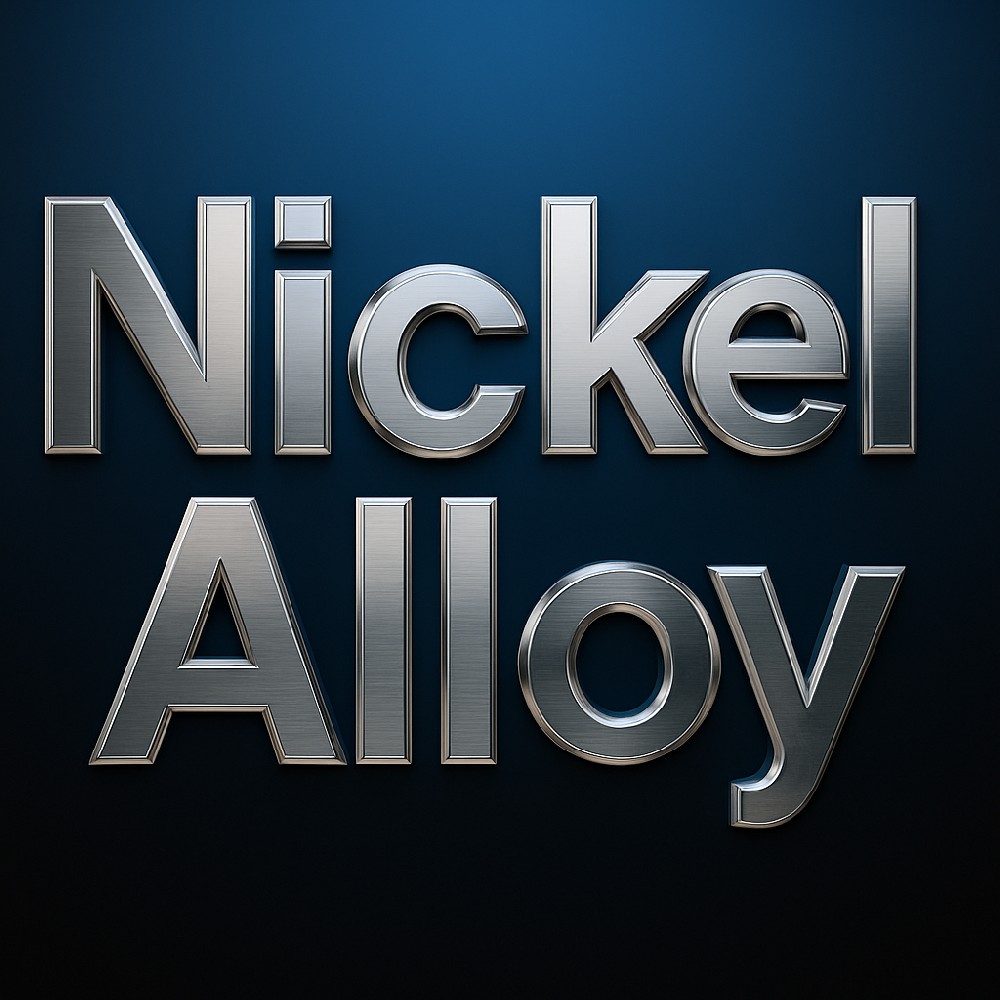Comprehensive Analysis of Nickel-Based Alloy Naming Conventions
In extreme operating conditions such as high temperatures and corrosion, nickel-based alloys stand out as critical materials due to their exceptional performance. However, engineers often face confusion when confronted with a wide range of designations like GH4169, Inconel 718, W.Nr. 2.4668, and NCF 7718—are these codes referring to the same material or entirely different alloys? Understanding the naming conventions of different countries is fundamental to efficient material selection and global collaboration. This article provides a clear breakdown of nickel-based alloy naming systems across four major industrial frameworks: China, the United States, Germany, and Japan.
1. Chinese Naming System (GB/T Standards)
China primarily adopts the national standard (GB/T) system, supplemented by some historically Retained designations. Its core feature is an "letter + number" structure:
1.1 Prefixes for Superalloys
"GH": Stands for "high-temperature alloy," covering wrought superalloys.
Examples: GH4169 (Chinese equivalent of Inconel 718), GH3030, GH4145."K": Stands for "cast superalloy."
Examples: K418, K403.
1.2 Prefixes for Corrosion-Resistant Alloys
"NS": Stands for "corrosion-resistant alloy."
Examples: NS312 (equivalent of Inconel 600), NS336 (equivalent of Hastelloy C-276).
1.3 Numerical Component
The numerical part is usually a sequential number. For some early alloys, the numbers carried specific meanings (e.g., GH3030 indicates 30% nickel content), but under new standards, most numbers are sequential identifiers.
2. U.S. Naming System
The U.S. system is the most diverse, featuring a combination of commercial names, UNS numbers, ASTM standards, and military specifications:
2.1 UNS (Unified Numbering System)
It follows the format "N + 5 digits" (e.g., N06625, N07718, N10276). As the most universal and standard unique identifier, it transcends different commercial names and standards. Its use is strongly recommended in formal documents and global communications.
2.2 Commercial Names (Most Widely Recognized)
Named by developing companies or holders, these names have high market acceptance:
Inconel®: A series of solid-solution strengthened or precipitation-hardened nickel-chromium alloys by Special Metals Corporation, typically used in high-temperature oxidative environments (e.g., Inconel 600, Inconel 718/UNS N07718).
Hastelloy®: High-performance nickel-molybdenum-chromium corrosion-resistant alloys by Haynes International, specialized for severe corrosive environments (e.g., Hastelloy C-276/UNS N10276, Hastelloy B-2/UNS N10665).
Monel®: High-strength nickel-copper alloys by Special Metals Corporation (e.g., Monel 400/UNS N04400, Monel K-500/UNS N05500).
Nimonic®: A widely used superalloy series in the U.S. (e.g., Nimonic 80A, Nimonic 90).
2.3 ASTM Standards
ASTM standards often reference both UNS numbers and commercial names (e.g., ASTM B443 specifies plates of Alloy N06625).
2.4 AMS (Aerospace Material Specifications)
Published by SAE, these specifications target aerospace applications and detail process and performance requirements.
Examples: AMS 5662 (Inconel 718 bars), AMS 5754 (Inconel X-750 sheets).
3. German Naming System (Primarily DIN/W.Nr.)
Germany relies on systematic numerical designations (Werkstoffnummer - W.Nr., meaning "material number"), supplemented by commercial names:
3.1 DIN Standards and Material Numbers (W.Nr.)
It uses the old format "1. + 4 digits" or the new format "2. + 4 digits + letter".
Core series for nickel-based alloys: 2.4xxx
2.46xx / 2.47xx: Common high-temperature/corrosion-resistant alloys (e.g., 2.4668 - NiCr19Fe19Nb5Mo3, equivalent to Inconel 718; 2.4819 - NiMo16Cr15W, equivalent to Hastelloy C-4; 2.4856 - NiCr22Mo9Nb, equivalent to Inconel 625/UNS N06625).
2.48xx: e.g., NiCr15Fe (Inconel 600) = 2.4816.
3.2 Commercial Names
Examples include Nicrofer® 3127 (W.Nr. 1.4562) registered by Germany’s VDM Company. Companies like Thyssenkrupp also have their own trade names.
4. Japanese Naming System (JIS Standards)
Japan mainly follows JIS (Japanese Industrial Standards), adopting an "letter + number" combination. Most designations are derived from U.S. grades:
"NCF": Stands for "Nickel-Chromium-Iron alloy."
"NW": Stands for "Nickel-Wrought alloy," but is rarely used for complex alloys.
4.1 Numerical Component
Examples:
NCF 718: Inconel 718 under Japanese JIS standards (corresponding to Chinese GB GH4169, UNS N07718).
NCF 600: Inconel 600 under Japanese JIS standards (corresponding to Chinese GB NS312, UNS N06600).
NCF 625: Inconel 625 under Japanese JIS standards (corresponding to Chinese GB NS336, UNS N06625).
Engineer’s Guide to Avoid Pitfalls
Beware of "Same Name, Different Meanings" and "Same Meaning, Different Names":
"Inconel 600" refers to UNS N06600 in the U.S., may be NS312 in China, 2.4816 in Germany, and NCF 600 in Japan. These denote the same type of material, but specific composition ranges and performance requirements must comply with their respective standards and may vary.
"625" may refer to Inconel 625 (UNS N06625), but it could also refer to German material number 2.4856 or Chinese alloy NS336. Do not assume materials are identical based solely on simple numbers or commercial names.
UNS Numbers Are the "Universal Language":
In global technical documents, procurement contracts, and database searches, always prioritize the use of UNS numbers (NXXXXX). They accurately identify specific alloy composition ranges and avoid ambiguity.
Commercial Names Must Be Paired with Standards:
When using commercial names such as Inconel, Hastelloy, or Monel, always specify the applicable standard (e.g., ASTM) or the corresponding UNS number. Alloy performance requirements for the same commercial name may vary across different standards.
The naming of nickel-based alloys may seem chaotic, but follows clear rules. Mastering the naming logic of the four major systems (China, U.S., Germany, Japan)—especially understanding the core role of UNS numbers and the standard differences behind commercial names—is a key capability for engineers to conduct global collaboration, select materials accurately, and avoid technical confusion. Next time you encounter designations like GH4169, N07718, 2.4668, or NCF 718, you will immediately recognize their shared identity and know how to communicate with global partners using the most appropriate "language."


